2001: A Space Odyssey (1968): ‘An Argument for the Cinema Experience’ – A Film Review
Introduction
Amongst the lists of the very best films of all time, 2001: A Space Odyssey will be on that list. It’s influences still felt to this day with films like Interstellar and Gravity, it revolutionised science fiction films in the late 60s. Visually breath taking, 2001: A Space Odyssey was also responsible for a boom in films influenced by Abstract Film with the famous ‘Stargate Sequence’; whilst it took the genre of science fiction from the B-Movie status into one of the more intellectually stimulating genres. The questions that 2001: A Space Odyssey raise about life, humanity as a species and their place in the universe are still relevant today. These are some of the reasons that Stanley Kubrick’s science fiction masterpiece, 2001: A Space Odyssey is so important. In a day that films are so accessible for home, or even mobile, screens, why is the cinema experience still important? This screening, of the 70mm print, seems to make a firm argument.
The 1968 Experience
In seeing this film an announcement was made by the cinema staff before its screening to announce their intentions. This 70mm print was to be presented with an intermission, as well as introduction music and exit music as was the wishes of Stanley Kubrick. Further to this the 70mm print hasn’t been restored but preserved the way it had been developed – mistakes and all. A great deal of effort has gone to transforming this experience as for being the way it was viewed in 1968. However, the most important statement on the viewing experience comes with the cinematography. Firstly, there are many atmospheric and beautiful shots of landscapes and general life in space. Each shot made with technical proficiency. The true scope of this immersive visual experience is best enjoyed with that vastness of space. This is no more true than in its climactic ‘stargate sequence’, as a nod to Abstract Cinema, its meditative state almost requires the surround sound and epic size.
Standing the Test of Time
Whilst seeing a film from 1968 might not be on people’s priorities, this is certainly not noticeable. Stanley Kubrick worked closely with the cinematographer with his films and became a notorious perfectionist later on in his career. 2001: A Space Odyssey is perhaps one of his biggest examples of this period. The film looks stunning and there is very little evidence to suggest that the film was even from the 1960s. The special effects haven’t dated at all. The ape costumes are seriously realistic with only a few times it being possible to see the actor’s eyes are beneath a costume but they hold up. Because many of the sets were practically built, they still look the part and similar techniques were used for Gravity and Inception. Whilst the ‘Stargate Sequence’ will always seem to bear that magical charm. Sometimes the actors and their own costumes feel of an older time as well as some technology bearing little resemblance to their real life counterparts though still envisioning the future – video phones.
Conclusion
2001: A Space Odyssey remains to be one of the biggest reasons to go to the cinema to see a film. The epic scales and atmospheres are able to dwarf and encapsulate your consciousness, it’s incredibly impactful with large screens and surround sounds. Being ahead of its time, both in use of and depiction of technology, its able to remain relevant and strong. Whilst Kubrick’s obsessive research and perfectionist approach means that the film is fine tuned to hold up to modern standards of filmmaking. The biggest change between films then and now seems to be the pacing. 2001: A Space Odyssey explores its universe and achieves an epic atmosphere because of it, but being used to modern films, that rush through their pacing with little regard to the atmosphere, it may make 2001: A Space Odyssey seem slow. But how else could you take in such an awe-inspiring film?
Synopsis
At the dawn of man a Monolith is discovered bringing on the realisation of tools and weapons. Many thousands of years later, man discovers a Monolith on the moon and starts a mission to Jupiter following a possible transmission.
Ratings
|
Entertainment: |
|
|
Performances: |
|
|
Predictability: |
|
|
Technical: |
A Note on My Reviews
Please read ‘On Reviews‘ for a guide to how I write film reviews. Any spoilers are appropriately marked and, though I personally prefer to know little about a film before seeing it, there is a synopsis below the review for any who wish to see one.
Films Mentioned
2001: A Space Odyssey (d. Stanley Kubrick USA/UK 1968)
Gravity (d. Alfonso Cuarón USA/UK 2013)
Inception (d. Christopher Nolan USA/UK 2010)
Interstellar (d. Christopher Nolan USA/UK 2014)
Further Reading
Interstellar and 2001: Notes about Sci-Fi
Stanley Kubrick on the Ending of 2001
Senses of Cinema: Stanley Kubrick
If you liked this…
Bringing Up Baby (1938): ‘The Quintessential Screwball Comedy’ – A Film Review
シン・ゴジラ or Godzilla Resurgence (2016): ‘The Political and Cultural Icon’ – A Film Review
The Room (2003) 15th Anniversary: ‘So ‘Bad’ it’s ‘Good’?’ A Film Review
This was an analytical review of….
2001: A Space Odyssey (d. Stanley Kubrick USA/UK 1968)

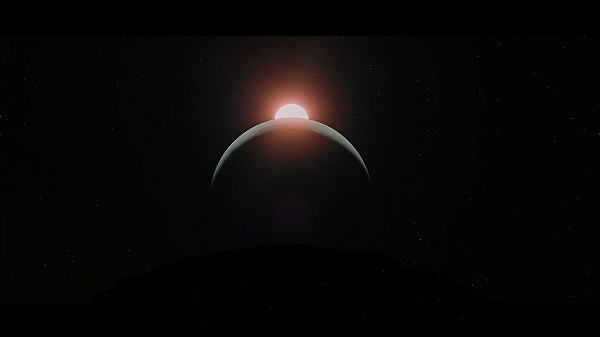
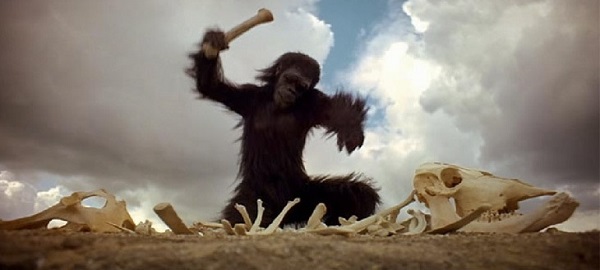
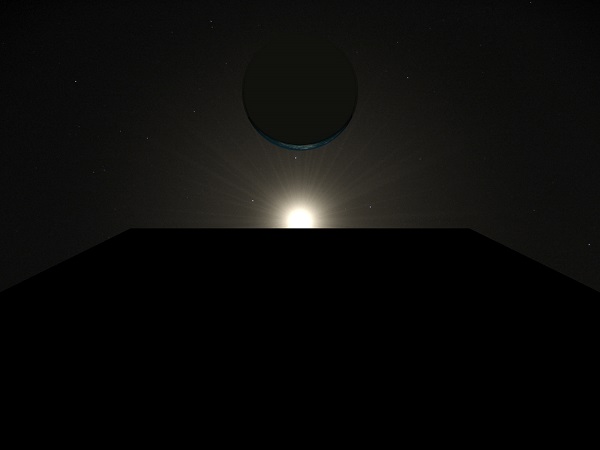
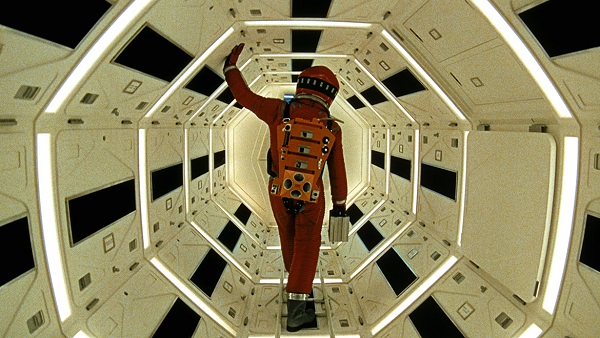
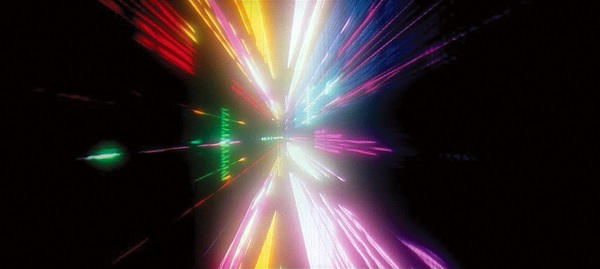






Leave a Reply